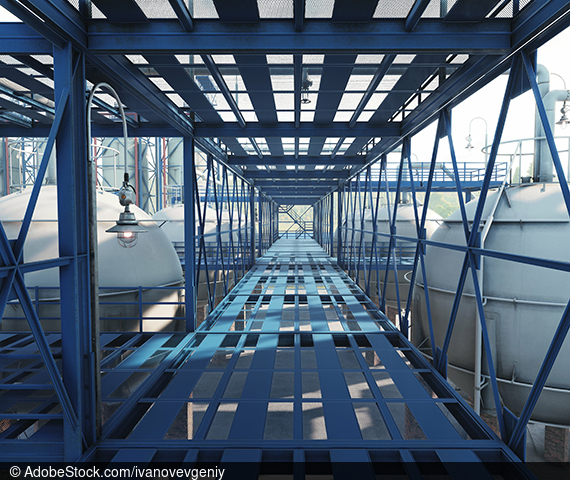Early Industrialisation Hampered Economic Development in the Long Term
ResearchThe spatial distribution of economic activity in West Germany has changed significantly over the last 100 years: In the past, the country’s northern regions used to possess economic power, high wages and traditional industries. Over time they have experienced severe deindustrialisation and have fallen behind in the ranking of regional gross domestic product. Examples of this trend include the Ruhr area but also Bremen and other coastal regions. However, many regions in the south of Germany, especially in Bavaria, have managed to make the transition from relatively backward, agricultural regions into new, innovative industrial hubs. A recent study by ZEW Mannheim in cooperation with the University of Bayreuth attributes this transition to regional differences in the early industrialisation in the 19th century. These differences explain almost half of the North-South divide in per capita income between regions in Germany today.
Towards the end of the 19th century, industrialisation was already well advanced in some regions. The consequences for the economic geography of West Germany are still noticeable today. Initially, regions in the North benefitted from early industrialisation. “The regions’ dependence on large, capital-intensive companies – often in heavy industries such as coal, iron and steel – was only beneficial for economic development until the middle of the 20th century,” says Paul Berbée, a researcher in ZEW’s “Labour Markets and Social Insurance” Department and author of the study. From the 1950s onwards, these regions proved to be less able to adapt to changing economic conditions than the more diversified regions in the South. Since then, early industrialisation has been a disadvantage. In the income rankings of 163 regions, a labour market region whose industrial employment was 10 percentage points higher in 1882 was still 27 ranks ahead of an otherwise comparable region in 1957. By 2019, the advantage had already turned into a disadvantage, as by then the region ranked 24 places lower. As a result, many regions, especially in the northern half of Germany, that were relatively prosperous in 1926 are among the poorer regions in 2019. In the 1960s and 1970s, many of the more underdeveloped regions in western Germany were able to catch up economically and regional inequality decreased. Since 1980, regional inequality has been rising again. “In particular, our results suggest that it can have a negative long-term impact if regions become too dependent on individual sectors,” says Berbée.
For their analysis, the researchers divide the territory of the former Federal Republic of Germany, excluding Saarland, into 163 regional labour markets. They analyse the development of income between 1926 and 2019 by evaluating data from turnover tax statistics and the federal states’ national accounts. The study determines the level of early industrialisation using data from the 1882 occupation census, broken down by region.

